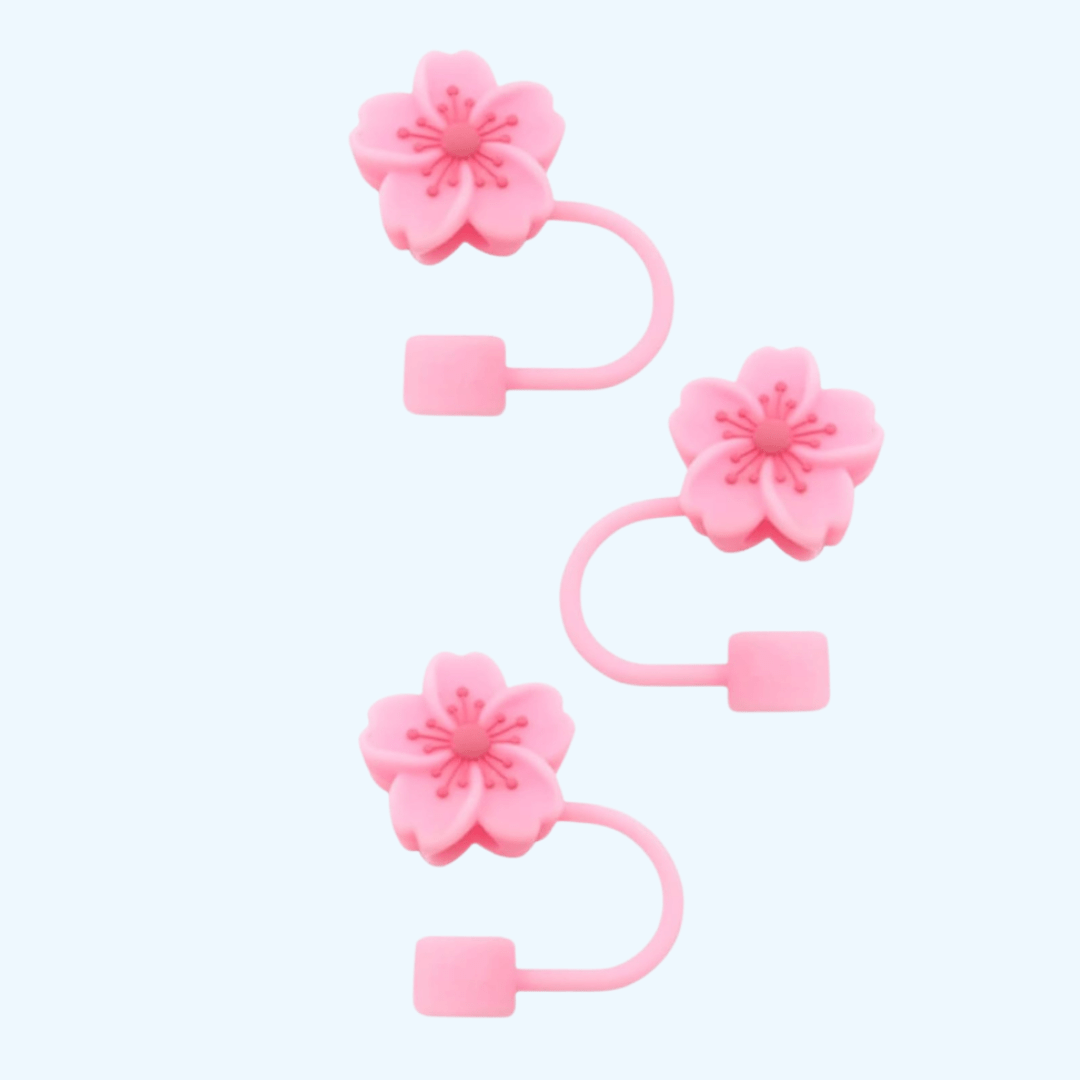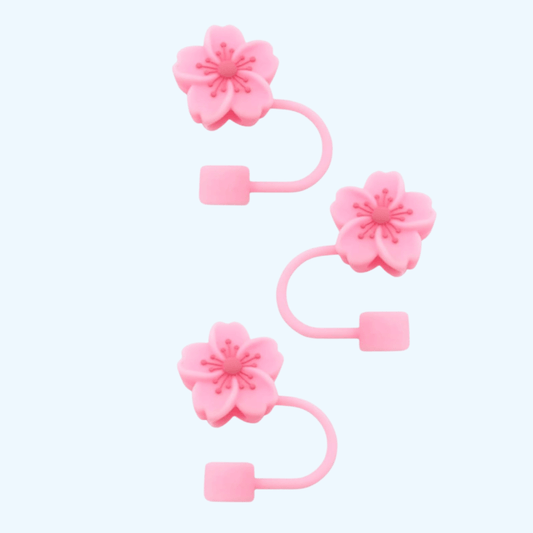Paper, Silicone, Plastic, or Steel: Which Straw Is Best?
Share
With sustainability becoming a driving force behind purchasing decisions, straws are often at the center of the conversation. From paper to silicone, plastic, and stainless steel, the options seem endless, each with its own advantages and challenges. If you’re someone who enjoys a refreshing drink from a BriteLune Tumbler, you might wonder which straw choice fits your sustainable lifestyle best. Should you go for the traditional paper straw, the flexible silicone straw, or the durable stainless steel option? Let’s dive into the pros and cons of each, helping you make an informed decision that aligns with your values and daily habits.
Paper Straws: The Eco-Friendly Fad?
Pros
Paper straws were once the hero of eco-friendly movements, offering an immediate solution to the plastic crisis. They are biodegradable and decompose much faster than plastic, which makes them a go-to for businesses seeking to cut down on waste. Paper straws can also be made from recycled materials, further minimizing environmental impact.
Cons
Despite their eco-friendly appeal, paper straws are not without their issues. One major flaw is their fragility. If you’ve used a paper straw in a cold drink, you’ve probably noticed it starts to dissolve after just a few minutes, making it impractical for longer beverages or drinks with ice. Moreover, producing paper straws still requires resources like water and energy, which reduces their overall sustainability when compared to stainless steel straws.

Silicone Straws: Flexible Yet Less Durable
Pros
Silicone straws offer the best of both worlds—they’re flexible, durable, and reusable. Perfect for those who want an eco-friendly option that’s easy to carry, silicone straws are also a safe choice for young children or individuals with sensitive teeth. Their ability to bend and fold makes them convenient for on-the-go hydration, and they can be easily cleaned in a dishwasher.
Cons
While silicone straws are reusable, they’re not as sustainable as stainless steel straws. Silicone, though non-toxic and flexible, does not break down like paper and is not biodegradable. The production process of silicone is also resource-intensive, which means that although they last longer than paper or plastic, their environmental impact can still be significant.
For a truly eco-friendly solution, you might consider using stainless steel straws as a longer-lasting alternative. Discover why in our blog post, How Metal Straws Benefit the Environment: Key Reasons to Switch
Plastic Straws: Convenient but Harmful
Pros
Plastic straws are convenient, inexpensive, and widely available. They don’t break down like paper straws, making them durable for quick sips. However, they also come with a hefty environmental cost.
Cons
The primary concern with plastic straws is their environmental impact. Plastic takes hundreds of years to decompose, and millions of plastic straws pollute our oceans and harm wildlife. They are a major contributor to the growing issue of plastic pollution, as noted by National Geographic. Because of this, plastic straws are considered one of the worst options when it comes to sustainability.
Switching to a more eco-friendly alternative, like a stainless steel straw, can help you drastically reduce your plastic consumption and protect the environment.

Stainless Steel Straws: The Ultimate Eco-Friendly Solution
Pros
When it comes to sustainability, stainless steel straws are the clear winner. These straws are durable, reusable, and easy to clean. Unlike paper and silicone, stainless steel straws won’t break down or lose their shape after repeated use, making them a long-term investment in both your hydration and the planet. They are non-toxic, dishwasher safe, and incredibly strong—they can last a lifetime if cared for properly.
Additionally, stainless steel straws are 100% recyclable, meaning when they finally reach the end of their life, they can be melted down and repurposed. The environmental cost of production is higher than paper, but when used over time, stainless steel straws offer the best long-term solution for reducing waste.
Cons
The only downside to stainless steel straws is their initial cost. Stainless steel may be a higher upfront investment compared to paper or plastic, but their long-lasting nature makes them more affordable in the long run. Moreover, their unique style and durability set them apart from other straws.
Stainless steel straws are the best choice for anyone serious about sustainability. As Greenpeace explains, sustainable alternatives like stainless steel are essential for reducing our environmental footprint.
For anyone aiming to embrace a truly sustainable lifestyle, stainless steel straws are the way to go. They also pair perfectly with your BriteLune Tumbler—whether you're sipping iced coffee, water, or a smoothie, these straws enhance your eco-friendly drinking experience.
Which Straw Is Best for Your Lifestyle?
If you’re looking to reduce waste and promote a cleaner planet, stainless steel straws are undoubtedly the best option. They are the most durable, eco-friendly, and long-lasting choice for those who want to make a significant environmental impact. They are reusable, recyclable, and pair perfectly with products like the BriteLune Tumbler—keeping your drinks cold for up to 24 hours without the need for disposable straws.
Switching to a stainless steel straw is more than just a trend; it’s a commitment to sustainability. With reusable options like the BriteLune Tumbler and stainless steel straws, you're taking steps toward a greener future.
Get your BriteLune Fleur Tumbler today and enjoy 20% off your first order using the code BRITE20 at checkout!
Discover More on Sustainability
How Metal Straws Benefit the Environment: Key Reasons to Switch – Learn why switching to metal straws can significantly reduce plastic waste.
What’s Your Water Bottle Made Of? – Explore how the materials in your water bottle can impact the environment and your health.
Resources on Sustainable Choices
- The Global Plastic Pollution Crisis: The Need for Action – Understand the growing issue of plastic pollution and why sustainable alternatives are vital.
- The Future of Eco-Friendly Design – Learn about the role of eco-friendly design in reducing environmental harm.
- Stainless Steel: The Sustainable Material of the Future – Dive deeper into how stainless steel contributes to sustainability efforts.







